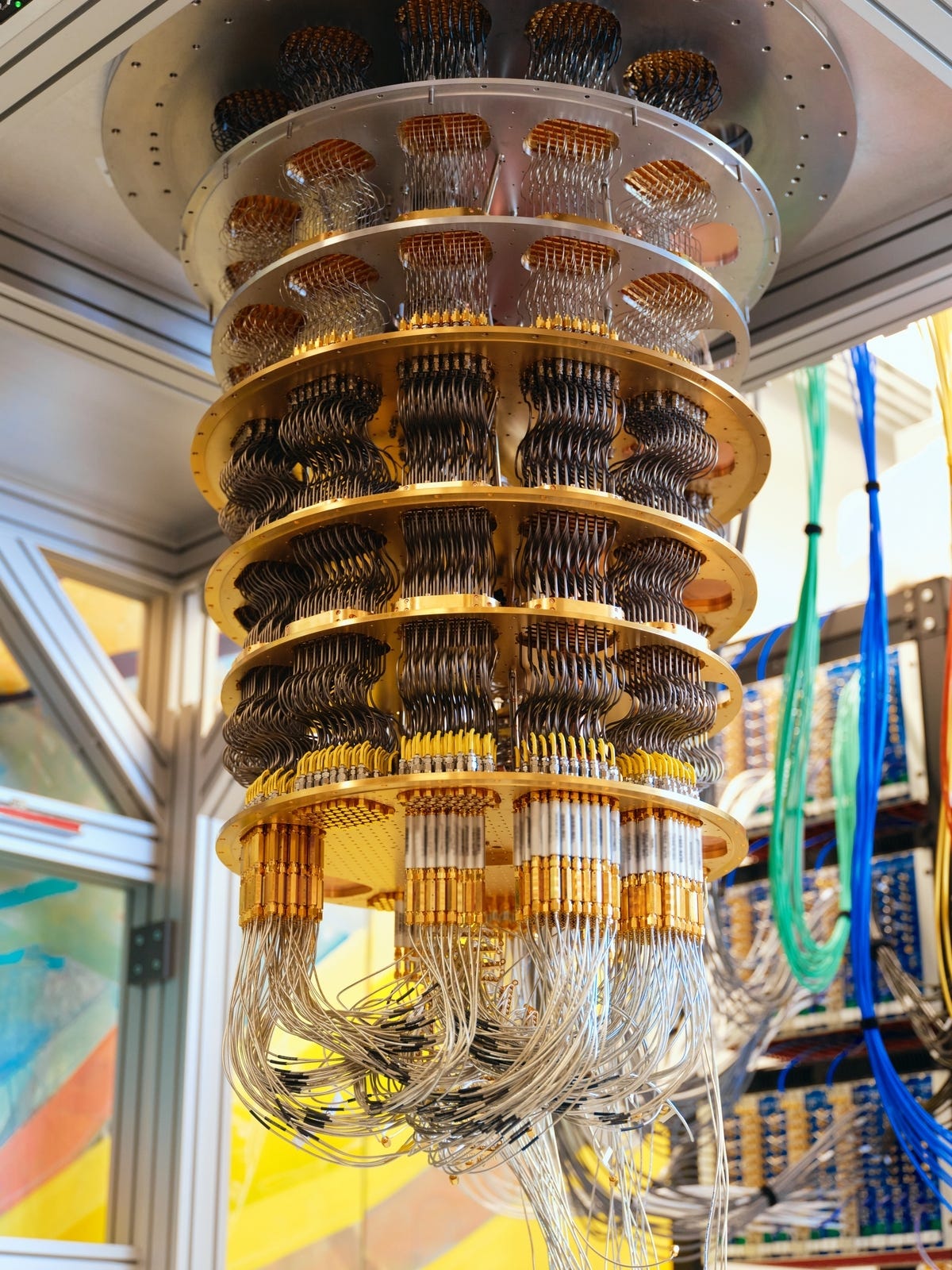Today, I’m a bit disappointed.
Given Hyperliquid’s success, I had high hopes for the MegaETH airdrop. But today, those hopes were completely crushed. To qualify for the airdrop, you have to spend 1 ETH to buy a ticket (an NFT), and even then, you only get 5% of the total airdrop. This “pay first, receive tokens later” scheme feels even more predatory than an IPO. If you have money to burn, feel free to try it — I, for one, am not interested.
Projects are getting smarter by the day. Berachain shutting down airdrop farming operations is understandable. But now, they’ve come up with a new trick: tying liquidity to staking through a mechanism called Proof of Liquidity (PoL) — which means that validators not only have to secure the network but also provide real liquidity to DApps in the ecosystem.
It sounds like a DeFi spin on Curve’s bribing mechanism, but instead of playing out in governance votes, this is happening at the block reward level. So, who pays? Who profits? It’s an intricate game of economic incentives. But after crunching the numbers, it turns out the biggest winner is Berachain. Originally, bribes were meant to incentivize liquidity providers and compensate for impermanent loss, but now Berachain has also managed to address security concerns in staking. And, as usual, liquidity providers are the ones getting the short end of the stick. No thanks — I’ll pass.
In Europe, the President of the Czech Republic has just signed a law that incentivizes long-term crypto holders: if you hold crypto for more than three years, you are exempt from capital gains tax. Earlier, the Czech National Bank was considering allocating part of its reserves into Bitcoin. This could drive Bitcoin’s price up in the short term, though the long-term impact remains uncertain. I wrote an in-depth analysis on this topic:”Central Banks Entering Bitcoin: The End of the ‘Freedom Dream’ or a New Golden Era?” — check it out and see if you agree.
Meanwhile, in the U.S., things are getting heated. Judge Reyes has been making headlines. In the Coinbase vs. FDIC lawsuit, he slammed the Federal Deposit Insurance Corporation (FDIC) for narrowly interpreting Freedom of Information Act (FOIA) requests — suggesting that the agency may have even deliberately hidden or destroyed documents. FDIC also tried to delay the case but was denied its request for a three-week extension. As the case unfolds, we might finally get insights into how FDIC has been restricting banks from working with crypto companies.
Senator Cynthia Lummis had previously reported that FDIC may have destroyed sensitive documents during the government transition. If you don’t know who she is, she’s the senator who proposed the “Bitcoin Federal Reserve Act.” She also hinted that if the U.S. sovereign wealth fund (set to launch within the next 12 months) doesn’t go as planned, it might start accumulating Bitcoin instead.
Still confused about why the U.S. government is so eager to buy Bitcoin? You should check out my article:”Bitcoin at $42.3M in 2049 — The Debt Monetization Playbook.” It will give you a good idea.
If, like me, you’re interested in liquidity mining, you’ve probably heard about Uniswap v4. Some projects have already built Hook integrations. I recently tested ETH-weETH liquidity mining on Bunni (see the first item in the highlighted box below).
All three options in the screenshot are open for participation. My first choice was actually cbBTC-LBTC, but it requires constant manual rebalancing, which I found too tedious — so I skipped it. Reminder: In early-stage projects, don’t allocate too much capital — never more than 5% of your total portfolio.
Right now, Bitcoin is fluctuating around $97K and Ethereum is hovering near $2,700 — a bit uneventful. But after the recent major dip, maybe no news is good news.
Also, today I experimented with a different writing style. What do you think?

 8 months ago
62
8 months ago
62


 English (US) ·
English (US) ·